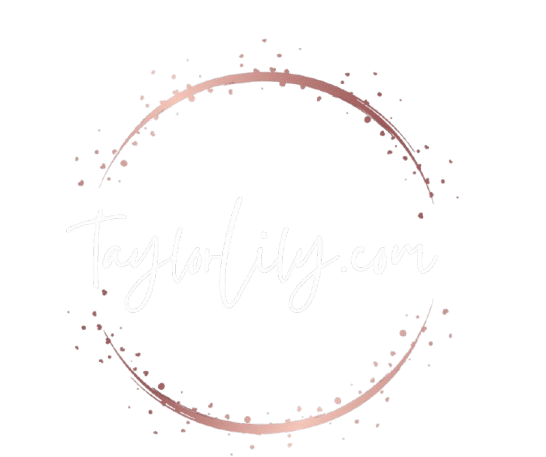Microsoft Fabric Data TypesHey there, tech enthusiasts! It’s your girl Taylor here, and I’m excited to dive into the world of Microsoft Fabric Data Types. I’m guessing you’re wondering what this is all about, and I’m here to break it down for you.So, what are Microsoft Fabric Data Types Well, let me tell you – it’s a set of data types that are specifically designed for use with Microsoft’s Fabric framework. But what does that even mean Think of it like this Imagine you’re watching your favorite reality TV show, like Love Island. You’re hooked on the drama, the romance, and the competition. But behind the scenes, there’s a team of producers working tirelessly to create the perfect show. They’re using data types to keep track of everything from contestant profiles to episode schedules. That’s basically what Microsoft Fabric Data Types are – a way to organize and manage data in a way that’s efficient, scalable, and easy to use.Now, let’s get into the nitty-gritty. Here are some key points to keep in mind Fabric Microsoft Fabric is a distributed computing framework that allows you to build scalable and fault-tolerant applications. It’s like having a team of super-smart, super-fast workers who can handle any task you throw at them. Data Types As I mentioned earlier, Microsoft Fabric Data Types are a set of data types specifically designed for use with Fabric. They’re like the building blocks of your application, allowing you to create complex data structures and relationships. Types There are several types of data types in Microsoft Fabric, including + Value A simple value type that can be used to store a single value, like a string or an integer. + List A collection of values that can be used to store a list of items. + Map A collection of key-value pairs that can be used to store a dictionary or a set of key-value pairs. + Tuple A collection of values that can be used to store a set of values that are related to each other.So, why should you care about Microsoft Fabric Data Types Well, here are a few reasons Scalability Microsoft Fabric Data Types are designed to be scalable, which means you can use them to build applications that can handle large amounts of data and traffic. Flexibility With Microsoft Fabric Data Types, you can create complex data structures and relationships that are tailored to your specific needs. Ease of use Microsoft Fabric Data Types are designed to be easy to use, even for developers who are new to distributed computing.Now, I know what you’re thinking – Taylor, this all sounds great, but how can I get started with Microsoft Fabric Data Types Well, I’m glad you asked! Here are a few tips to get you started Start with the basics Begin by learning the basics of Microsoft Fabric and its data types. There are plenty of resources available online, including tutorials and documentation. Experiment with code Once you have a good understanding of the basics, start experimenting with code. Try building a simple application using Microsoft Fabric Data Types to get a feel for how they work. Join the community Microsoft has a thriving community of developers who are passionate about Fabric and its data types. Join online forums and discussion groups to connect with other developers and learn from their experiences.And that’s it! I hope this post has given you a good introduction to Microsoft Fabric Data Types. Remember, the key to success is to start small and experiment with code. And don’t forget to support our blog by clicking the link below and donating a coffee (or two, or three…). Your gift can be the catalyst for change, empowering me to make a difference in the world.

Tech
how to search for archived emails in outlook – TaylorLilly.com
Learn how to search for archived emails in Outlook with ease, and never miss a crucial message again Discover the simple steps to find and retrieve archived emails in this stepbystep guide







